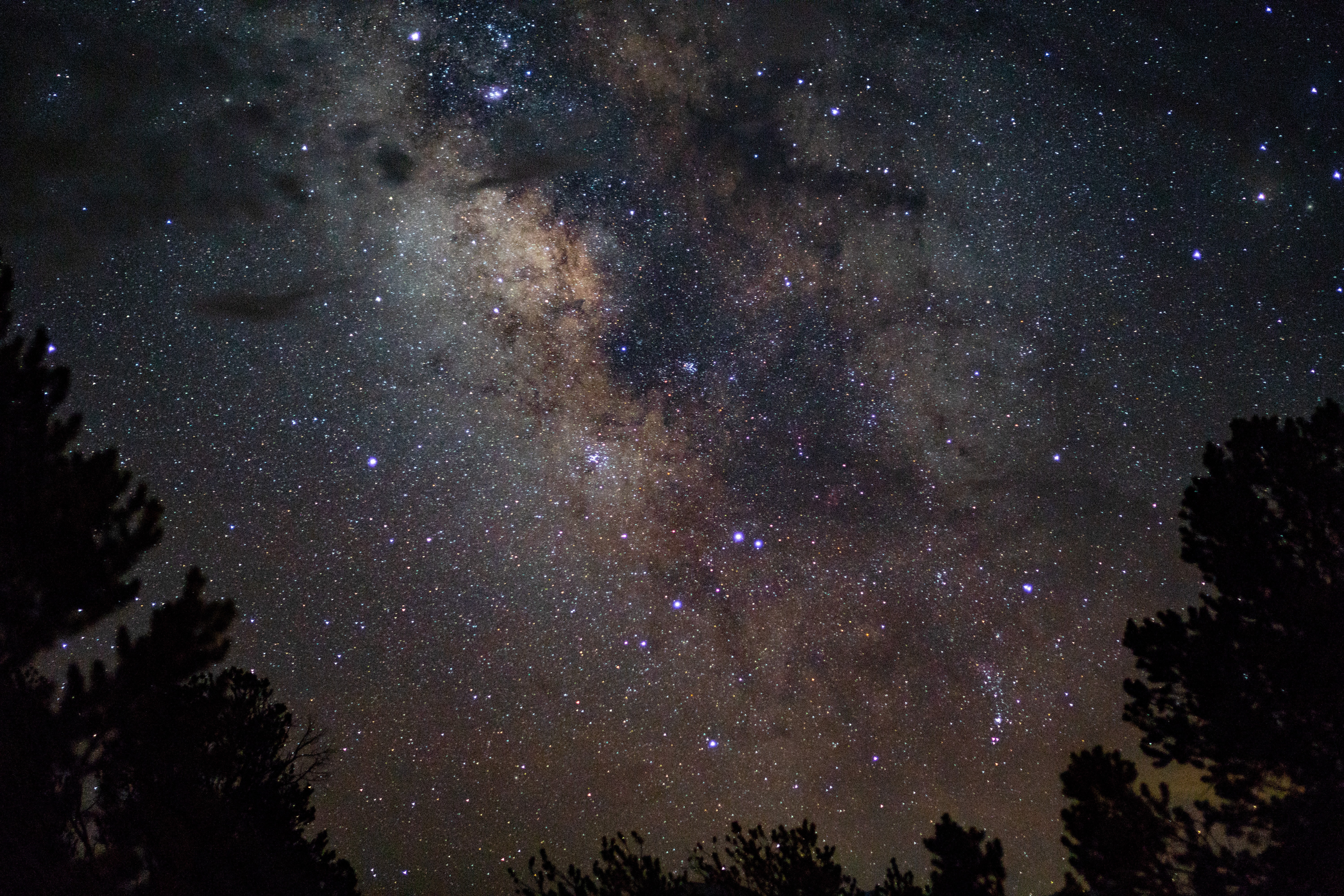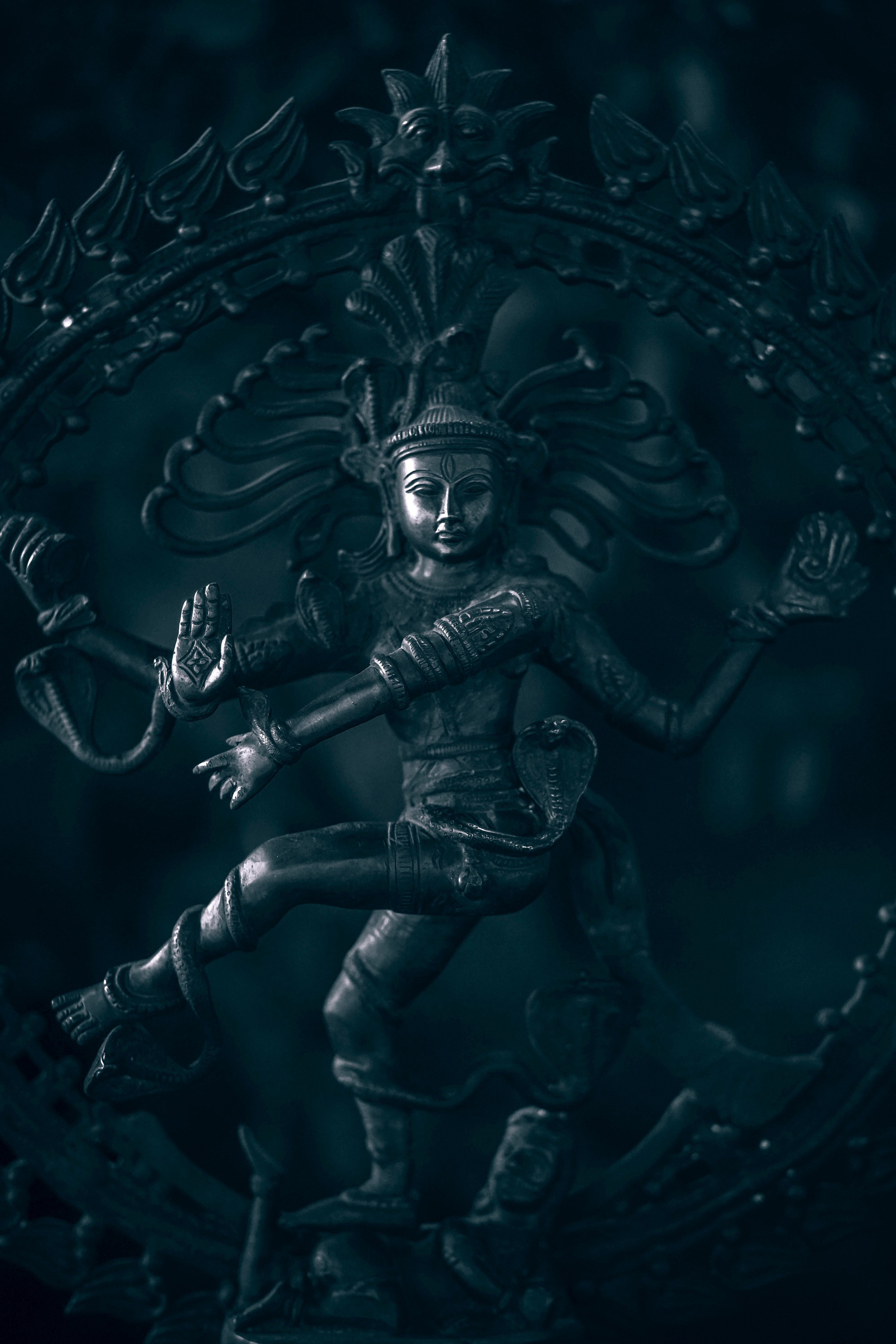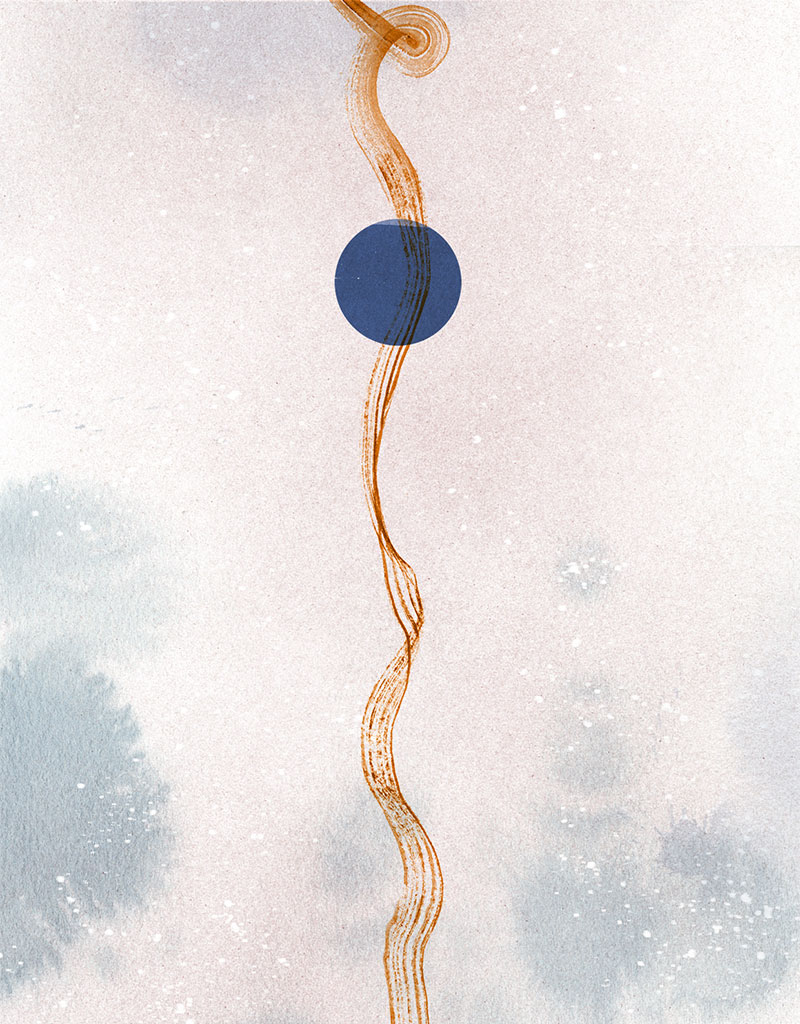Between the dance of the cosmos and the dance of Shiva – the Nataraja, lies a startling resonance. In his Tandava dance and in his posture Nataraja sums up the cosmic principles of both, creation and destruction and displays all the five fundamental elements – Earth, Air, Water, Fire and Ether
Bandana Tewari

Sitting by the sea, in the early 70s, watching the ebb and flow of waves that rose and crashed, the now 79-year old physicist Fritjof Capra, author of the bestseller The Tao of Physics: An Exploration of the Parallel between Modern Physics and Eastern Mysticism (1975), had an epiphany. He likened this hypnotic natural phenomenon to the dance of Shiva - the ultimate metaphor for the perpetual movement of creation, preservation and destruction.
Thus started Capra’s journey to unraveling the mysteries that would bring two divergent fields, eastern philosophy (Hinduism and Zen Buddhism) and science, together. His extensive inquiry into this complex subject resulted in a phenomenal article title, “The Dance of Shiva: The Hindu View of Matter in the Light of Modern Science” where he drew parallels between the dance of subatomic particles and Shiva’s dance, visually exemplified in the Nataraja. This made the dance of Shiva sit side-by-side with the most progressive physics of our times.
Whether you peer through the spiritual lens or the scientific one, everything around us is a cosmic dance. Atoms are within us and all around us, with the infinite potential for action, and yet they exist in peace. The Nataraja is a symbol of just that. He is in a state of bliss but not inert, always evolving, dissipating and emerging. It is the very act of creation and destruction which applies to subatomic particles and distant galaxies alike.
Let us meditate on the meaning of Shiva’s name, ‘that which is not’. Science and spirituality agree that we come from nothing and go back to nothing and the entire universe is a cosmic dance. Let’s dance with our eyes closed.

To celebrate this cosmic correlation between science and spirituality, in 2004, the Indian government donated a 6.5 feet high Shiva Nataraja to CERN – the European Organization for Nuclear Science in Geneva. To this day the Nataraja there continues to throw daunting shadows against its walls, perhaps reminding us mortals that like him, the dance of life and death is within each one of us too. On a subliminal level, it is a reminder that it is up to us to destroy the egoic self. And give birth to and celebrate a state of bliss — Ananda.
In the cult classic The Tao of Physics, Capra wrote: “For the modern physicists, then, Shiva’s dance is the dance of subatomic matter. As in Hindu mythology, it is a continual dance of creation and destruction involving the whole cosmos; the basis of all existence and of all natural phenomena. Hundreds of years ago, Indian artists created visual images of dancing Shivas in a beautiful series of bronzes. In our time physicists have used the most advanced technology to portray the patterns of the cosmic dance. The bubble-chamber photographs of interacting particles, which bear testimony to the continual rhythm of creation and destruction in the universe, are visual images of the dance of Shiva equalling those of the Indian artists in beauty and profound significance. The metaphor of the cosmic dance thus unifies ancient mythology, religious art, and modern physics. It is indeed, as Coomaraswamy has said, ‘poetry, but none the less science’.”

Nataraja comes from Natya or dance, and it is the dancing Shiva whose cosmic dance, the Tandava is governed by five manifestations of eternal energy: Shrishti (creation), Sthiti (sustenance), Samhara (destruction), Tirobhava (illusion) and Anugraha (grace).
Nataraja comes from Natya or dance, and it is the dancing Shiva whose cosmic dance, the Tandava is governed by five manifestations of eternal energy: Shrishti (creation), Sthiti (sustenance), Samhara (destruction), Tirobhava (illusion) and Anugraha (grace). This Vedic interpretation of dance is profound in the way our life force is described, from a molecular level to the entirety of the universe. There are many types of Tandava. Ananda Tandava is the dance which portrays ecstasy and bliss; Rudra Tandava portrays death and destruction. The dance is seen as a visual embodiment of all five natural elements: Earth, Water, Fire, Air and Ether.
Nataraja holds fire in one hand, and the damaru (drum) in the other. The damaru is deeply entrenched in symbolism. Visually it depicts the space element and it is said many universal forces have a similar shape — chromosomes, galaxies, and time itself — all representing infinity. Shiva’s hair, flying wildly in the wind, is the air element. One of his dancing feet touches prithvi (earth), the other is in the air. One hand depicts the Abhaya-hasta, a gesture of fearlessness; the other points to his feet as an act of total surrender. Ganga, the sacred waters, flows from his hair and the snake is the Kundalini energy ready to activate the chakras. His foot is over Apasmaar, the demon that symbolizes desires. When the energy within us awakens, the dance elevates us above desire.
Shiva dances with his eyes closed, in ekant or deep solitude. After all, a spiritual awakening is an inner dance of consciousness, not for anyone’s entertainment but for one’s own realisation of the ethereal connection between the self and the universe — the Atma and Brahma. This is a journey towards pure consciousness.
Mahashivratri is the spectacular night of Shiva, where there is an upsurge of energy, especially for those on a spiritual path. Let us meditate on the meaning of Shiva’s name, ‘that which is not’. Science and spirituality agree that we come from nothing and go back to nothing and the entire universe is a cosmic dance. Let’s dance with our eyes closed.





